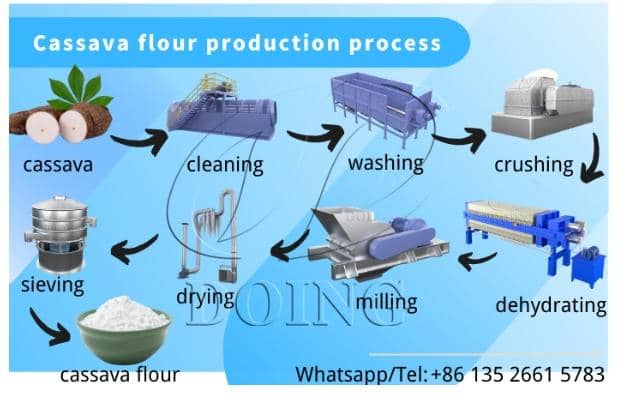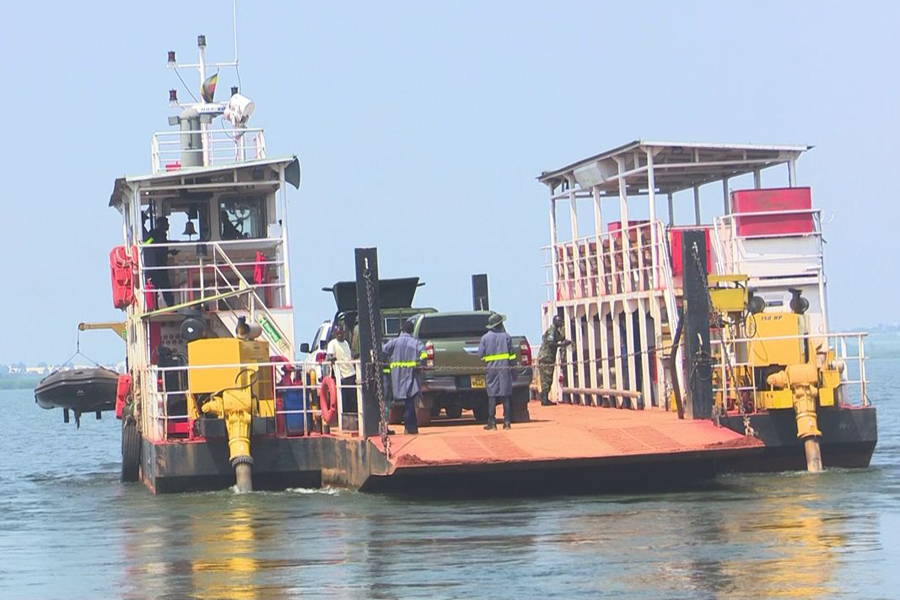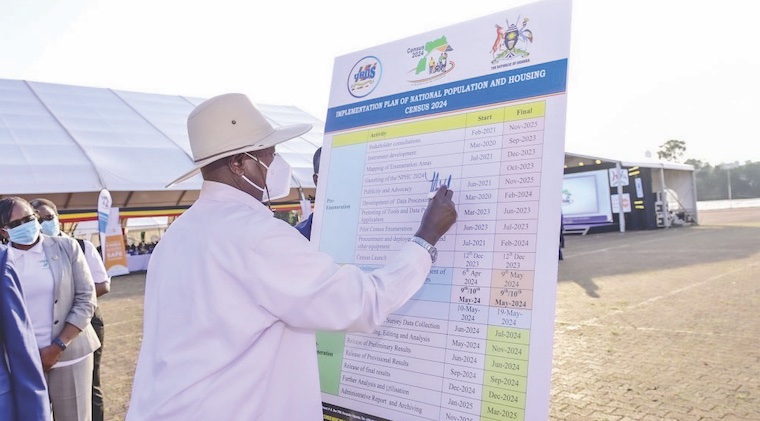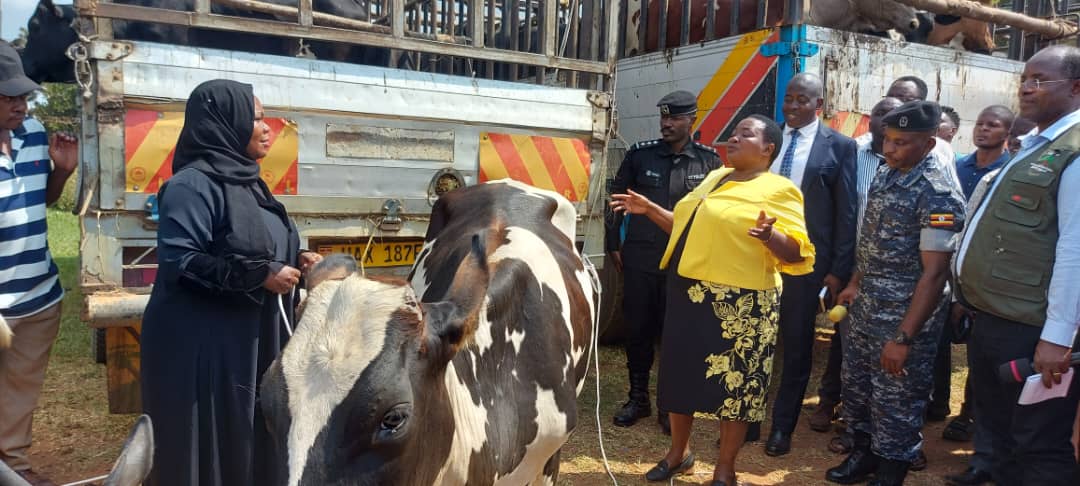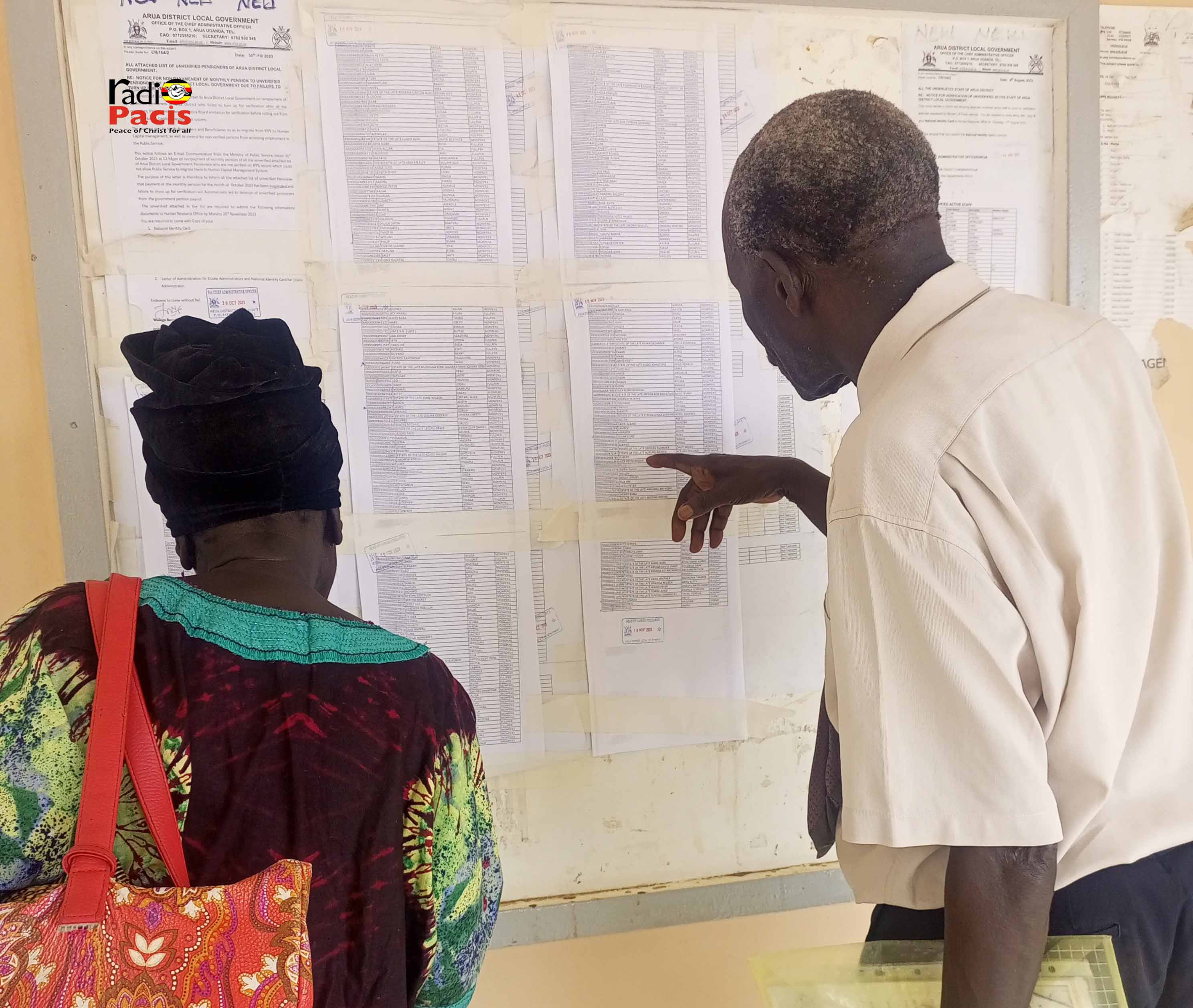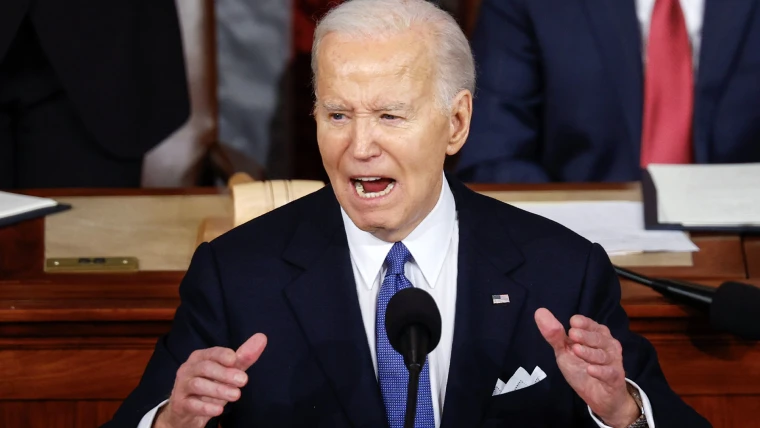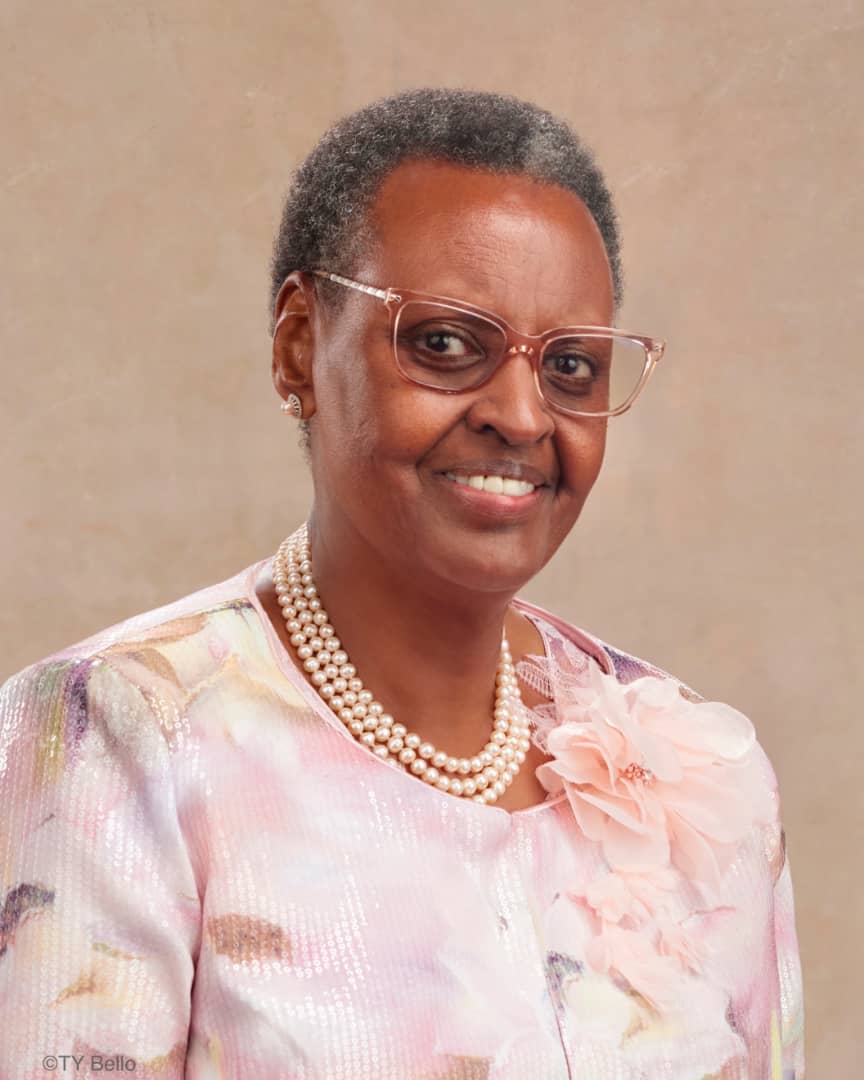Uganda Grapples with Clean Water Crisis: Large Swathes of Country Still Deprived
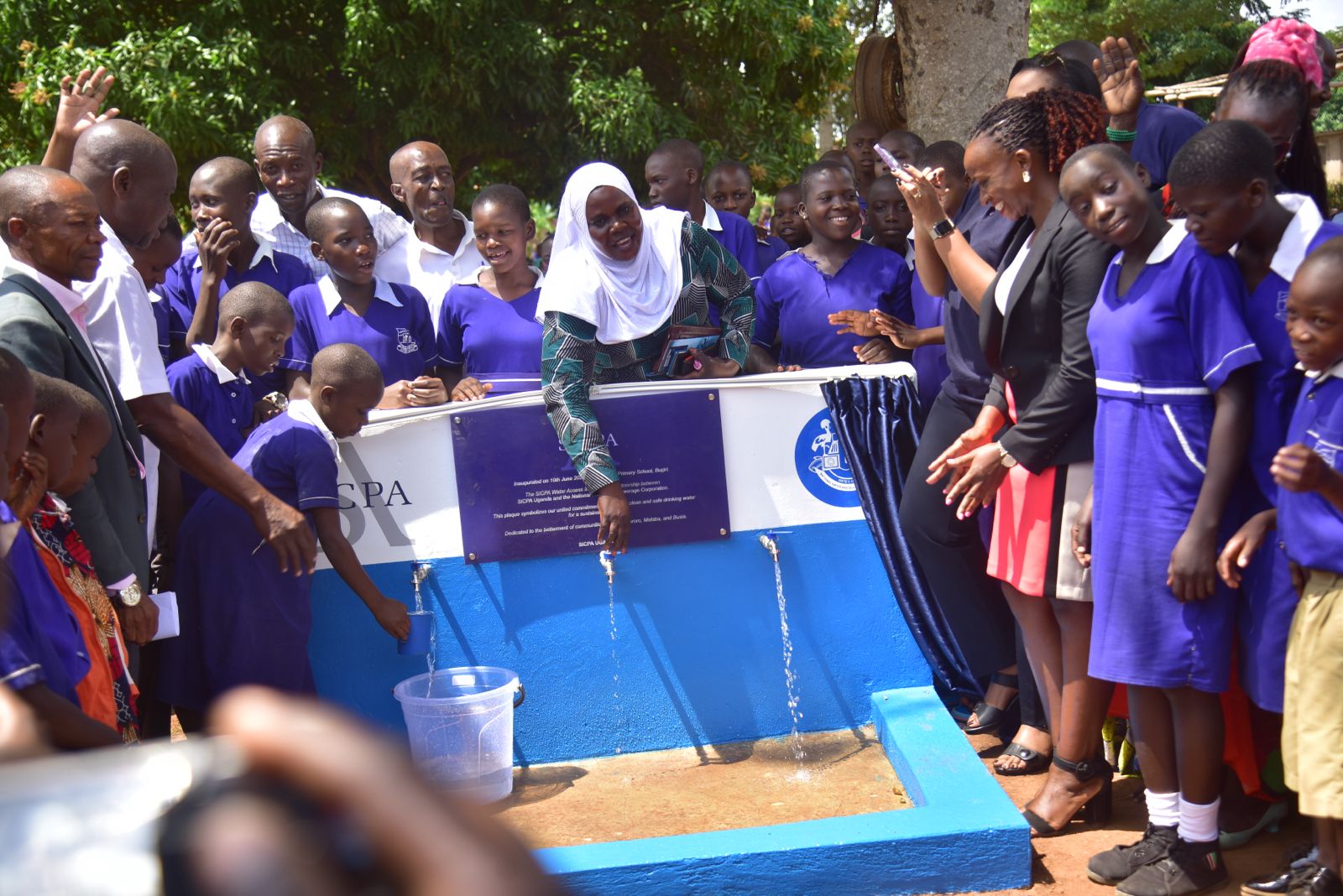
Despite ongoing efforts to improve access to clean water, millions of Ugandans continue to suffer from water scarcity, particularly in rural regions. Recent data highlights a stark contrast in water availability across different parts of the country, raising concerns about public health and socio-economic development.
In the northern and northeastern regions of Uganda, the situation is particularly dire. Districts such as Karamoja, Kotido, and Kaabong face severe water shortages. Here, less than 30% of the population has access to safe drinking water, according to the Ministry of Water and Environment. The scarcity is attributed to prolonged droughts, limited infrastructure, and the arid climate that characterizes these areas.
Keep Reading
Many people across these regions rely on contaminated surface water sources like ponds and streams among others.
In contrast, urban centres such as Kampala and Entebbe boast relatively high access to clean water, with over 90% coverage. This disparity underscores the urban-rural divide, where infrastructure investments and resources are heavily skewed towards more developed areas. The National Water and Sewerage Corporation (NWSC) has been praised for its efforts in these urban areas, but similar attention is desperately needed in the rural hinterlands.
Western Uganda also faces significant hurdles, particularly in the mountainous regions of Rwenzori and Kigezi. Despite abundant rainfall, the topography makes it challenging to develop sustainable water supply systems. Communities in these regions frequently depend on rainwater harvesting and unprotected springs, which are vulnerable to contamination.
The government, along with various non-governmental organizations, is working to address these disparities. Projects aimed at drilling boreholes, constructing protected wells, and establishing community-managed water systems are underway. However, the pace of progress is slow and often hampered by financial constraints and logistical challenges.
Health experts warn that the lack of clean water exacerbates the spread of waterborne diseases such as cholera and dysentery, particularly among children. The World Health Organization (WHO) notes that these conditions are preventable with adequate water, sanitation, and hygiene (WASH) services.
International partners and donors have pledged support, yet the scale of the crisis demands a more coordinated and robust response. As Uganda moves towards its Vision 2040 development goals, bridging the water access gap remains a critical challenge that requires urgent and sustained attention.
In the meantime, communities continue to innovate and adapt. Local initiatives, such as community water committees and education programs on water conservation and hygiene, provide glimmers of hope. Yet, the road to universal access to clean water in Uganda is long, and the journey has just begun.


